Mastering Contrast Therapy for Optimal Recovery
The Science Behind Contrast Plunge Therapy: How Temperature Changes Affect the Body
Contrast plunge therapy has become popular among athletes and health enthusiasts. This method alternates hot and cold temperatures, offering potential recovery and rejuvenation benefits. What happens in our bodies during these temperature changes? Let’s explore the science behind this therapy, including its effects, benefits, and applications.
What is Contrast Plunge Therapy?
Contrast plunge therapy systematically alternates between hot and cold exposure. Typically, this means soaking in a hot bath or sauna, then plunging into cold water, like an ice bath or cold shower. This method stimulates circulation, reduces muscle soreness, and promotes healing. It enhances physical well-being and has roots in various cultures, including the Russian banya and Finnish sauna.
The Science of Temperature Changes
Heat exposure triggers several physiological responses. Initially, vasodilation occurs, expanding blood vessels to increase blood flow to muscles. This increased circulation enhances oxygen and nutrient delivery, promotes relaxation, and removes metabolic waste. As a result, the body warms up, and muscles feel looser and more flexible.
In contrast, cold exposure triggers vasoconstriction, narrowing blood vessels. This response preserves core body temperature and protects vital organs from cold stress. Although this reduction in blood flow may feel uncomfortable initially, it can lead to beneficial effects, especially during recovery.
Research supports contrast therapy’s effectiveness for enhancing recovery. A study in the *Journal of Sports Science & Medicine* shows that alternating hot and cold treatments significantly improves muscle recovery and reduces delayed onset muscle soreness (DOMS) after intense workouts. Rapid temperature shifts also enhance lymphatic flow, aiding detoxification and reducing inflammation.
Physiological Responses to Temperature Changes
Temperature changes during contrast plunge therapy elicit complex physiological responses.
1. **Activation of the Autonomic Nervous System**: Transitioning from hot to cold activates the autonomic nervous system, governing involuntary functions. Cold exposure stimulates the sympathetic nervous system (SNS), known as the “fight or flight” response. This activation increases alertness and adrenaline, enhancing performance and focus. Heat exposure activates the parasympathetic nervous system (PNS), promoting relaxation and recovery.
2. **Hormonal Responses**: Hot and cold exposures influence hormone release. Cold exposure boosts norepinephrine production, impacting mood regulation and attention. Hot therapy increases endorphin levels, natural pain relievers and mood enhancers. This combination of hormonal effects contributes to the therapy’s benefits.
Conclusion
Contrast plunge therapy effectively promotes recovery and enhances well-being through temperature changes. This practice activates physiological responses that improve circulation, hormone balance, and overall health.
Below are related products based on this post:
FAQ
What are the main benefits of contrast plunge therapy?
Contrast plunge therapy offers several benefits, including improved circulation, reduced muscle soreness, enhanced recovery after intense workouts, and overall physical well-being. The method stimulates various physiological responses that aid in detoxification and reduce inflammation.
How does contrast plunge therapy work on a physiological level?
This therapy alternates between hot and cold exposure, triggering vasodilation and vasoconstriction. Heat increases blood flow and promotes relaxation, while cold reduces blood flow to preserve core body temperature. These responses enhance oxygen delivery, hormone balance, and activate the autonomic nervous system for improved performance and recovery.
Is there scientific research supporting the effectiveness of contrast plunge therapy?
Yes, research, including studies published in the *Journal of Sports Science & Medicine*, supports the effectiveness of contrast therapy. Findings indicate that alternating hot and cold treatments significantly improve muscle recovery and reduce delayed onset muscle soreness (DOMS) following intense physical activity.
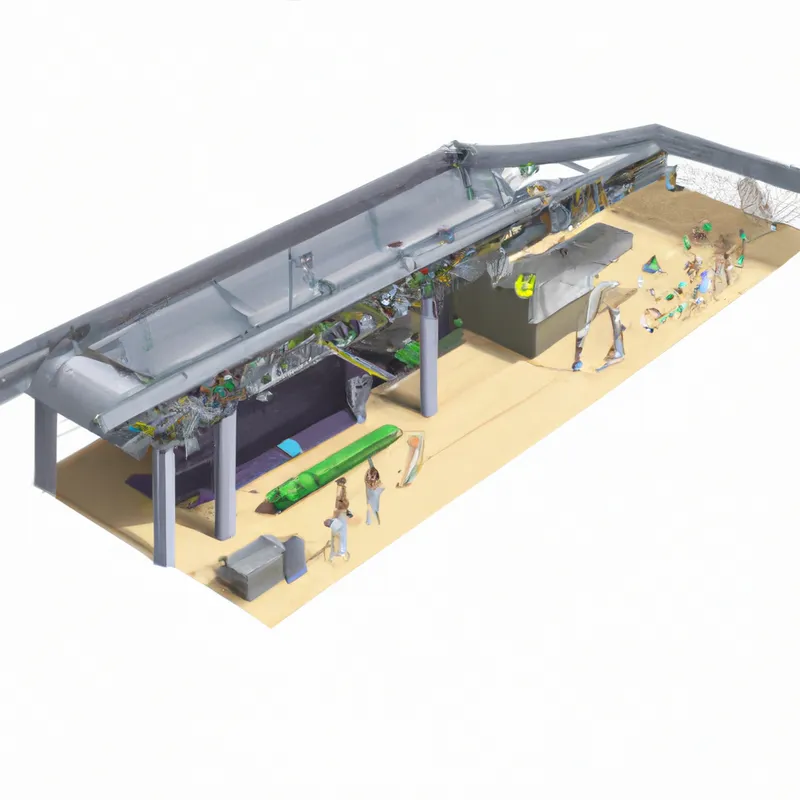


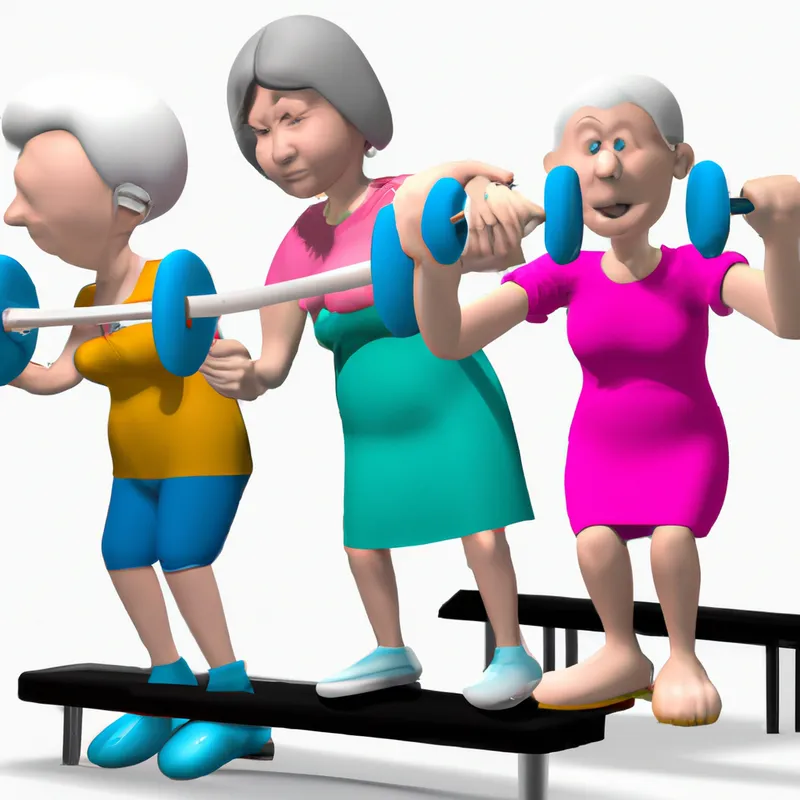
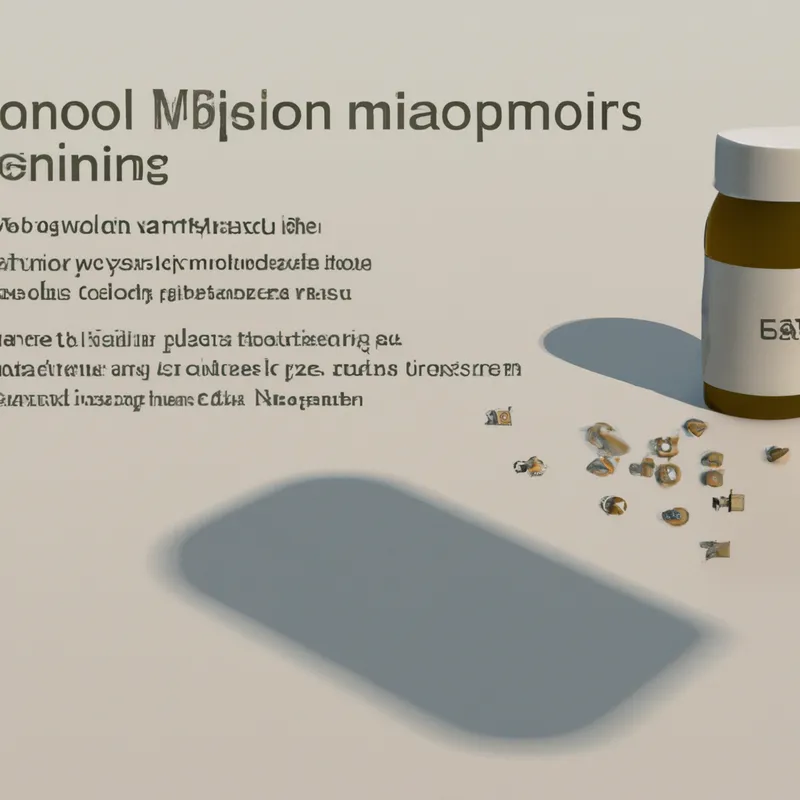
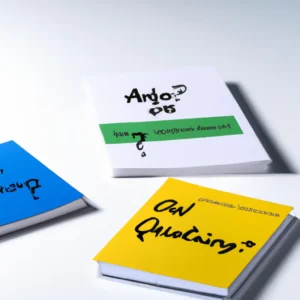
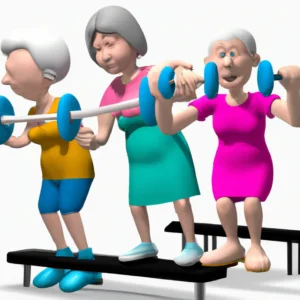
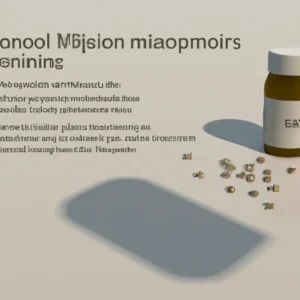

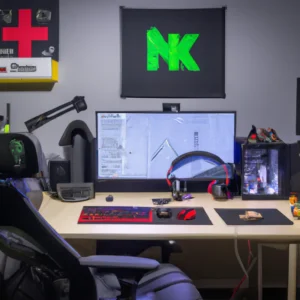
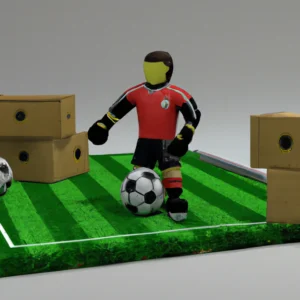
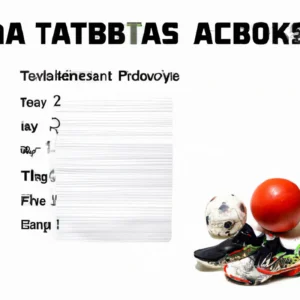

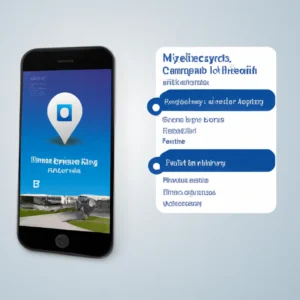
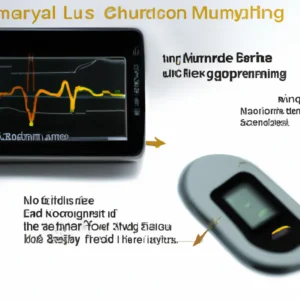
Post Comment